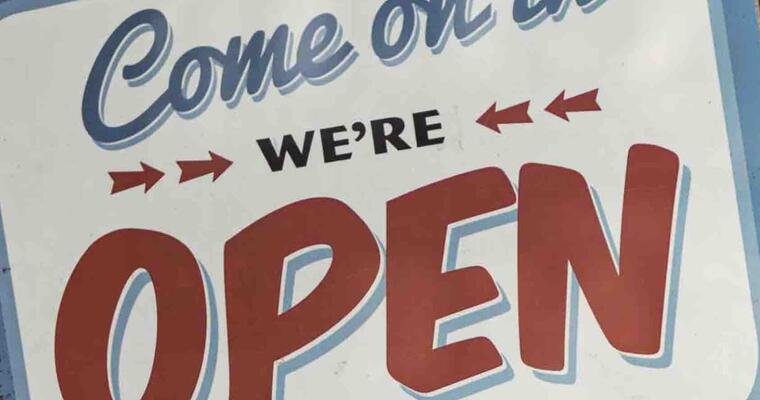This content originally appeared on Trust20, an independently verified certification of restaurant practices, training, and other resources to help restaurants create safe, healthy, and welcome spaces for diners.
—
Restaurants throughout the country are at various stages of open, re-opening, or remaining closed to on-premise dining. On one hand, restaurants in Nashville can host diners at 50% capacity, while Chicago is allowing 40% Occupancy or 50 People per space, and Seattle is limiting service to 25%. Whatever stage of opening your city is in, restaurant operators are weighing the merits of re-opening with limited capacity and making certain their health and safety solutions and back of house operations are adequately prepared for on-premise dining again. Trust20 has aggregated seven resources to support restaurant operators as they prepare or begin to welcome diners back through their doors.
Prepare your finances.
Many restaurants have been maximizing their carryout and delivery services and putting a high priority on the diner experience through their packaging, meal kit creations, alcohol to-go, and opportunities to connect to the restaurant or chef virtually. Now is a great time to evaluate any new revenue streams that have been implemented to see how they have benefitted the business. Operators should set check-ins to identify excess costs and realistically assess your cash needs.
Restart your operations.
There are just as many (If not more!) to-do items on the opening checklist as the closing rundown. Preparing the kitchen is just the beginning. Obviously cleaning, sanitizing, and disinfecting should be prioritized above all else. Check out inventory, get ready to reconnect with food distributors, and test all of the equipment throughout the business.
Need help? Our partners, 86Repairs have prepared a thorough re-opening checklist to help you take stock of what’s what.
Reset your dining room experience.
The optics of a restaurant’s dining room MATTER. Cleaning and sanitizing your menus, employee stations, and bathrooms are crucial – and making sure your diners can SEE that you have deep cleaned the space is just as essential. Restaurant operators should aim to make sure their diners can LITERALLY see the health and safety solutions that have been implemented. It is also on operators to set the stage for a socially distanced dining experience. In most cases, diners will respect the health and safety standards set in place if you model the behavior through the spacing of tables, barstools, and traffic patterns.
Not everyone who dines out will be respectful of the rules and they may have something to say about it. Here’s why that’s okay.
Update your health and safety solutions.
Restaurant operators should start with making certain they are compliant with the latest public health regulations, and then begin rebuilding diner trust by establishing comprehensive employee health policies, instituting stringent sanitation practices, and implementing new social distancing tactics. Creating a healthy space, promoting proper food handler safety procedures, supporting a healthy staff, and creating a holistically healthy dining experience all play a role in this process.
Eat.News’ re-emergence guide provides useful advice in each of these categories.
Respect your diners, and their concerns.
There are plenty of ways operators can encourage your diners to buy-in to their health and safety solutions. Diner behavior has been drastically impacted by their (valid) health and safety concerns and operators should think about how to ease concerns such as fear of public spaces and increased concern over sanitation and hygiene. There is a fair chance diners may have a smaller budget and want to prioritize delivery or takeout – do you have an optimized system for them? Diners still want to connect, so make sure all the business’ website and social media accounts are active and transparent.
Assess your team.
Does your restaurant need to hire/rehire a team to staff on-premise dining? A realistic count of how many people are needed to operate the restaurant and provide a safe and healthy dining experience should be calculated before reaching out to anyone on the pre-closure staff.
Restaurant operators will need to update staff and hiring documents to align with any new processes or standards, prepare staff training programs for safety, hygiene, and sanitation, plan for each tier of staff’s start dates and schedule needs, and finally make certain payroll management has been updated to reflect all the changes implemented.
Communicate often, and a lot.
Restaurant operators need to be transparent and authentic, no matter who they are communicating with. All restaurant staff should be fully briefed of all the safety solutions, and the policy for how to behave if they are exposed to COVID-19 or are feeling ill. Diners want to know what’s happening with the business, what’s happening with the people on the team, and health and safety precautions being taken.
Social distancing and peoples’ concerns for their health mean that empathy, connection, and community are more important than ever. Anything that restaurant operators can do to create open lines of communication and a safe, visibly healthy environment will be one of the best actions they can take to serve their diners, staff, and business.











